What is an LED shop light
LED shop lights are a family of linear utility light fixtures that find applicability for general and task lighting in numerous commercial, industrial, retail and residential environments. Functional areas in retail, industrial and commercial spaces place high demands on lighting. Robust construction, high energy efficiency, high visual acuity and comfort, low total cost of ownership are some of the important attributes that good shop lights must possess. Linear utility lights are all-rounders of lighting in spaces with a ceiling height of 20 feet or lower. Their footprints can be discovered in workshops, utility rooms, garages, supermarkets, retail stores, stairwells, basements, and other spaces where reliable, effective and affordable lighting is essential.
The pitfall of legacy technology
Before the advent of solid state lighting, lighting design for most low bay settings has been limited to conventional linear fluorescent systems. Fluorescent lighting is a technology that comes with its own very limitations. Despite the improved efficiency and lifespan over incandescent lamps, fluorescent lamps are challenged with stricter efficiency criteria and more demanding requirements on system robustness. Aside from a significantly shorter service life and lower luminous efficacy compared with LED lighting products, most people are unaware that fluorescent lamps have an extremely poor quality of light. The spectral power distribution (SPD) of the majority of fluorescent lamps are over-saturated in the blue and green spectrums and are deficient in wavelengths essential for rendering saturated colors, which means there are serious distortions of color appearance with fluorescent lighting. Most fluorescent lighting exhibits flicker at a repetition rate of twice the AC sinusoidal frequency as a result of the presence of large ripples in the power supply. The useful life of fluorescent lamps is affected by rapid cycling (high frequency switching). This disadvantage renders them useless in today’s lighting scenarios which often incorporate different types of controls to maximize energy savings.
Benefits of LED lighting
LED shop lights are designed to address ongoing cost, light quality, efficiency, reliability, and control challenges. Impressive energy savings, high optical efficiency, extremely long service life, exceptional controllability and high design flexibility are the well-known benefits of LED lighting. These attributes have helped the technology to achieve a widespread takeoff and an unprecedented boom. There is an almost infinite range of lighting products. Shop lights are perhaps the most utilitarian of ceiling light fixtures. Incorporating LED technology into these utility fixtures creates true workhorses of interior lighting. The benefits of the transition from fluorescent to LED go beyond the measurable gains, it allows these mission-critical light fixtures to be programmed and controlled for a more flexible space through connectivity with sensors and networks.
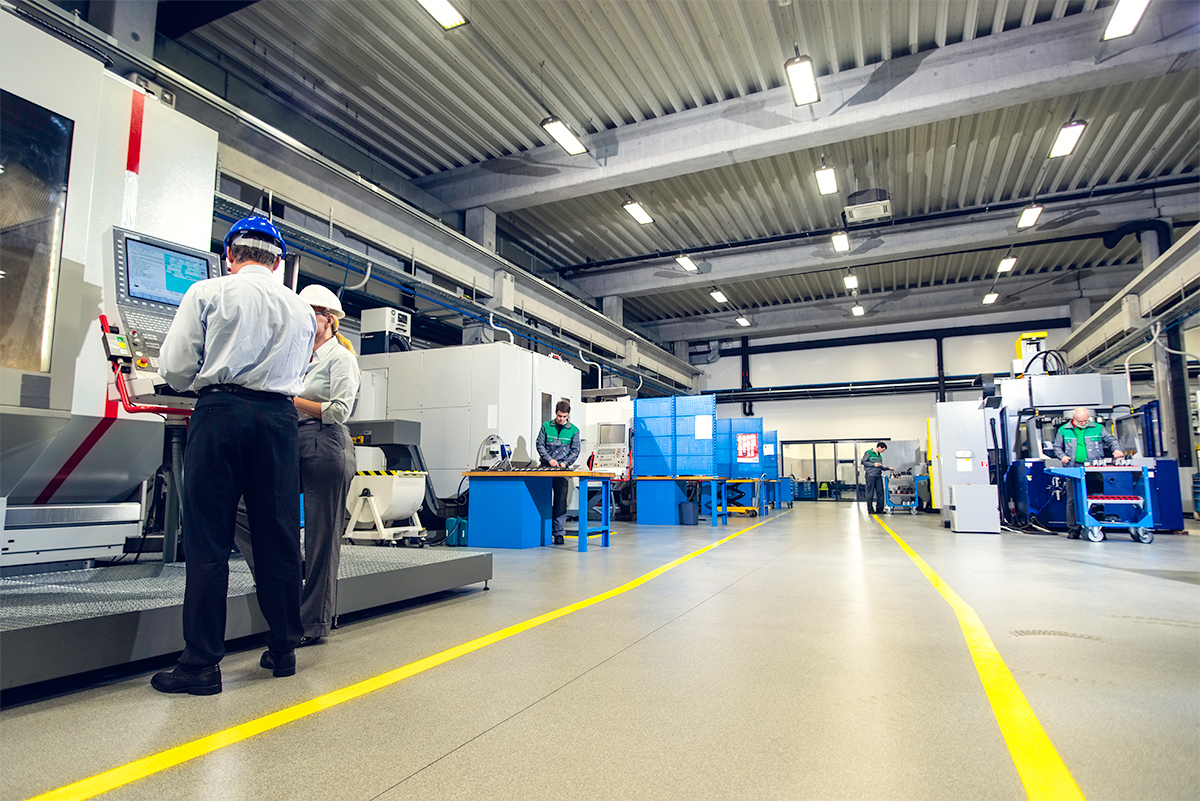
“Strips” and “wraps”
Conventional shop lights are primarily designed in forms of “strips” and “wraps”. Strips are simple metal channels that hold exposed linear fluorescent lamps. Wraps or wraparound lights have their linear light sources enclosed by a smooth or prismatic diffuser which obscures direct view of the light sources, distributes light evenly in all directions, and protects the light source from dirt and debris. The first generation of LED shop lights take on the conventional designs by replacing the fluorescent tubes with retrofit LED tubes. Fixtures of this type are known as lamp-based LED shop lights. The LED tubes used in new construction fixtures are typically type B (ballast bypass) T8 LED tubes. A type B LED tube has an internal driver that allows the lamp to operate directly from an alternating line voltage. Lamp-based LED shop lights are the primitive way of utilizing LED technology. The simple approach of light source replacement can achieve remarkable savings over an extended lifespan, but it is never the effective use of LED technology.
A holistic, LED-centric design is vital
Since LEDs are temperature-sensitive semiconductor device, their performance and reliability are determined by not only the LEDs, but also other constitutive parts (the driver, thermal path, optics). The interdependent optical, electrical and thermal characteristics of LEDs deem the complexity of LED lighting systems. Retrofit LED lamps are often under-designed in terms of thermal management and drive current regulation due to cost and size constraints on the LED drivers and heat sinks. Inadequate system design often leads to a shortened service life and barely acceptable efficiency. To get to the next level of performance, an integrated design is needed. The latest generations of LED shop lights are designed as integrated systems which incorporate LEDs, rather than LED tubes, into the fixtures. Integrated design allows the LEDs to be optimally arranged to achieve a light emitting surface (LES) that provides maximum uniformity of light distribution and illuminance coverage. LED shop lights commonly use acrylic or polycarbonate diffusers to spread light. The compact size and directional light pattern of LEDs make it possible to use miniaturized optical systems such as total internal reflection (TIR) lenses to create highly efficient and precisely controlled optical distributions.
Integrated LED shop lights
Integrated LED shop lights can take on various forms thanks to direct integration of LEDs and flexibility in optical design. The LEDs are solder mounted on a linear strip made of metal-core printed circuit board (MCPCB). The linear LED module is attached directly to the fixture housing (sometimes via a thermal interface material). This design maximizes the effective surface area of the thermal path and minimize the length of the thermal path. Improved thermal management results in excellent lumen maintenance and color stability, which means a long useful life of the LEDs. Integrated LED shop lights provide more internal space to accommodate an LED driver that provides a full suite of features for high performance line and load regulation as well as excellent dimming functionality. Dimmable LED shop lights are usually designed to work with 0-10V dimming protocol. Integrating sensing, intelligence and networking into the lighting system enables new control capabilities that transform lighting from a fixed expense to a strategic asset.
Applications
LED shop lights are surface mounted or suspended from ceilings. These fixtures deliver versatility and flexibility to suit a wide range of applications. In addition to common area applications, LED shop lights are available in models that are specially developed for challenging environmental conditions. Enclosed and gasketed fixtures with a high ingress protection rating can be installed in wet locations such as food processing areas, car washes and cool storage areas. Fixtures with a non-metallic construction can be installed in hazardous areas where a high degree of resistance against corrosion is required.

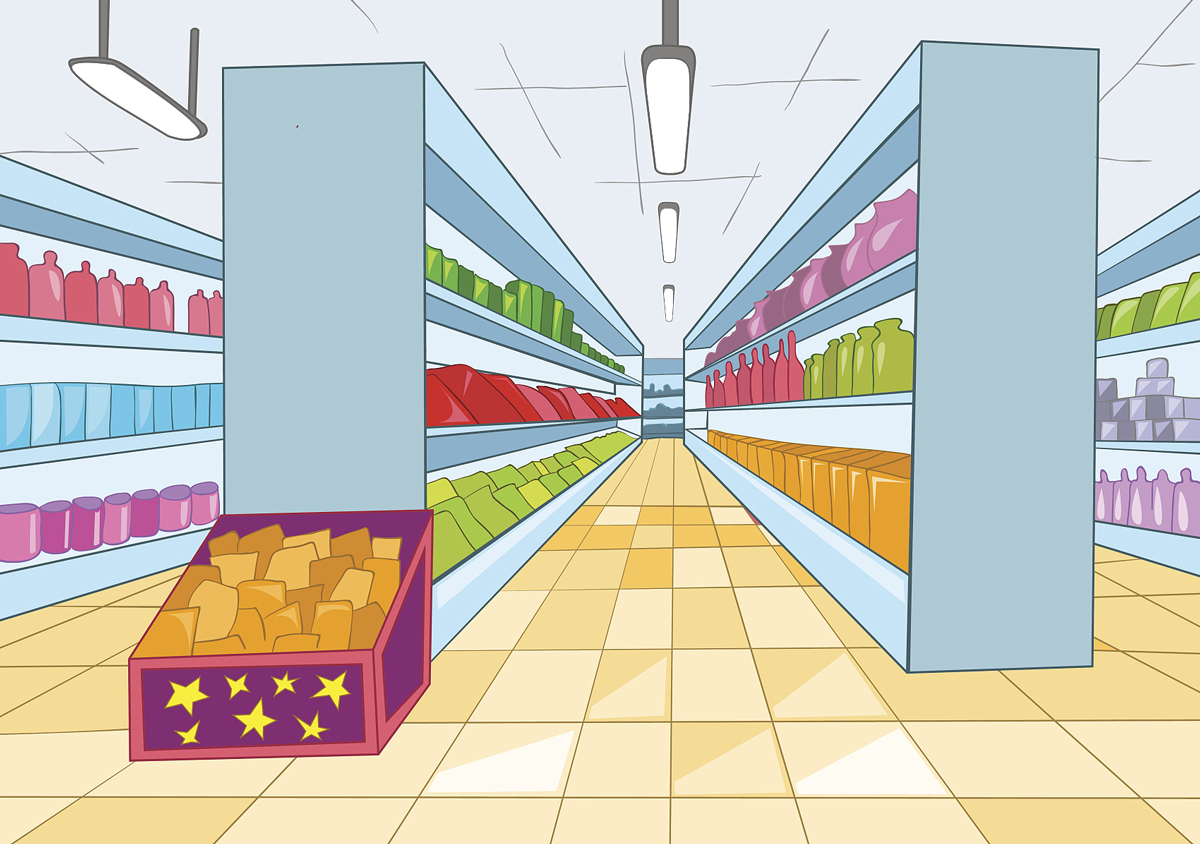

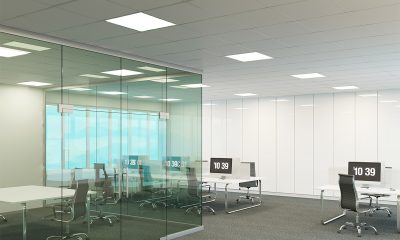
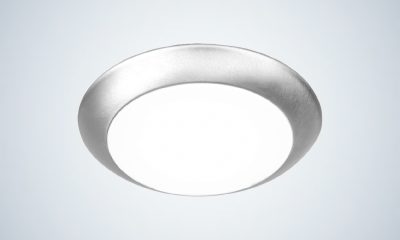
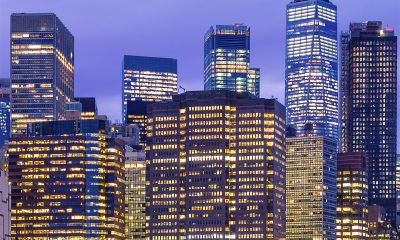
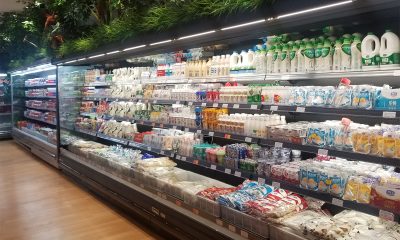

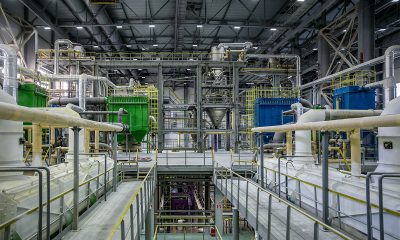
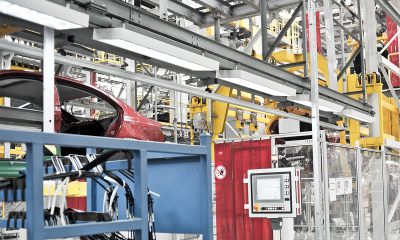
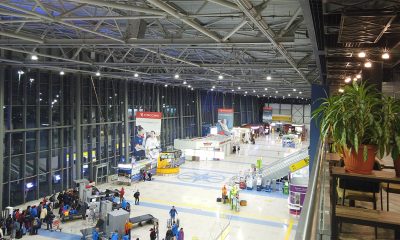
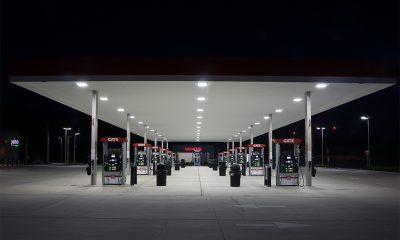
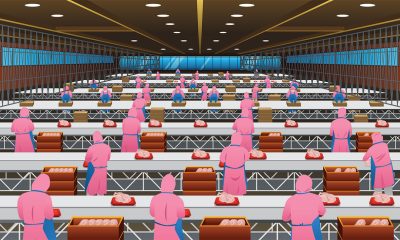
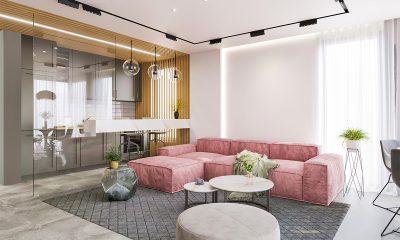





Loading...